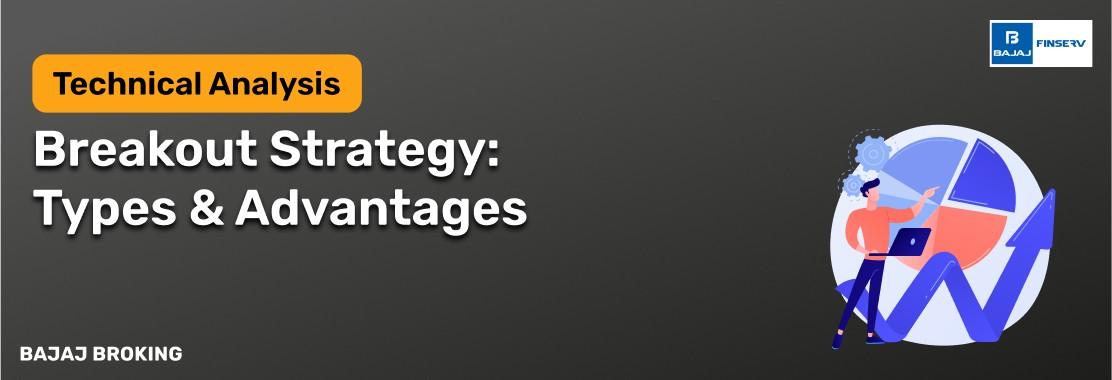If you’re exploring intraday trading, you may have come across the terms Bracket Order and Cover Order. These are order types designed to help traders manage risk and automate exits. Knowing how they work can make your trading more structured and disciplined. Let’s break them down in a simple way.
What is Bracket Order?
A Bracket Order is a form of intraday order that has three parts: the primary order, the stop-loss order, and the target price. These orders help you control risk and make sure you make money. The bracket makes sure that you automatically depart when the market moves.
Traders who want to have more control over their trades during the same trading session generally use it.
Some important things about a Bracket Order are:
Includes entry, stop-loss, and target
Automatic cancellation of the other orders after one is filled
Helps keep losses to a minimum and makes sure earnings are possible
Only available for trading during the day
What is a Cover Order?
A Cover Order is another sort of intraday trading order that requires a stop-loss. It lets the trader enter a position at either the market or limit price, with a set stop-loss to monitor risk.
A Cover Order doesn't have a target price like a Bracket Order does.
Some important things about a Cover Order are:
Key Difference: Bracket Order vs. Cover Order
Both Bracket Orders and Cover Orders aim to limit risk, but their setup and flexibility differ.
A Bracket Order has three legs — an entry order, a stop-loss, and a profit target. Once one leg is triggered, the other two are automatically cancelled. This makes it ideal for traders who want predefined profit and loss levels in the same trade.
A Cover Order, in contrast, has only two legs — entry and stop-loss. It doesn’t have a target price, so you’ll need to close the trade manually to secure profits. However, since the stop-loss is compulsory, brokers often allow higher leverage with Cover Orders.
Additional Read: What is Short Covering?
Conclusion
Your trading style will determine whether you should use a Bracket or Cover Order. A Bracket Order gives you extra structure if you need to control both your target and your stop-loss. Cover Orders may be ideal for you if you want quickness with a clear risk. Always check the order features before making any transactions, especially when the market is unstable.





